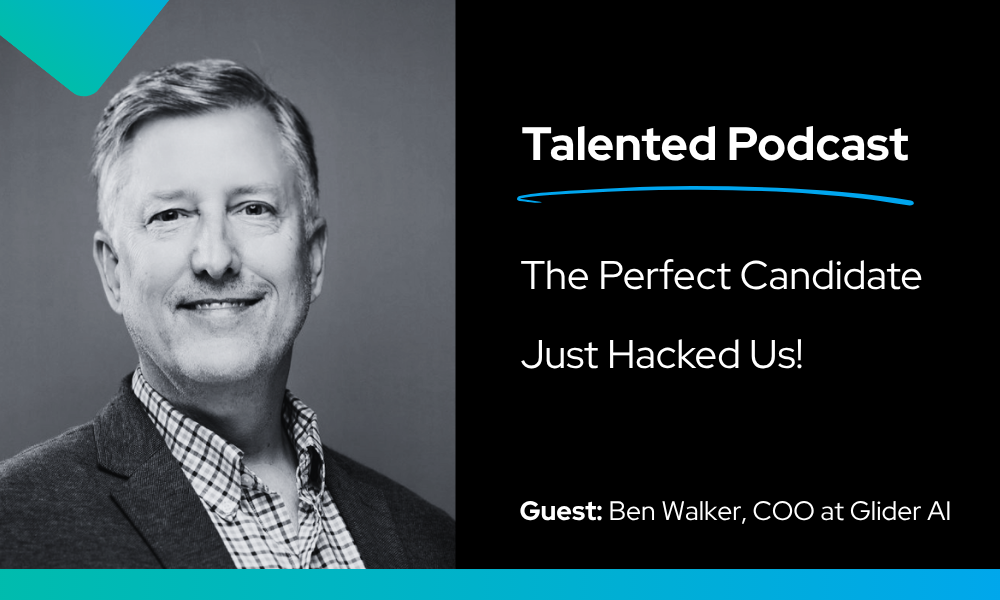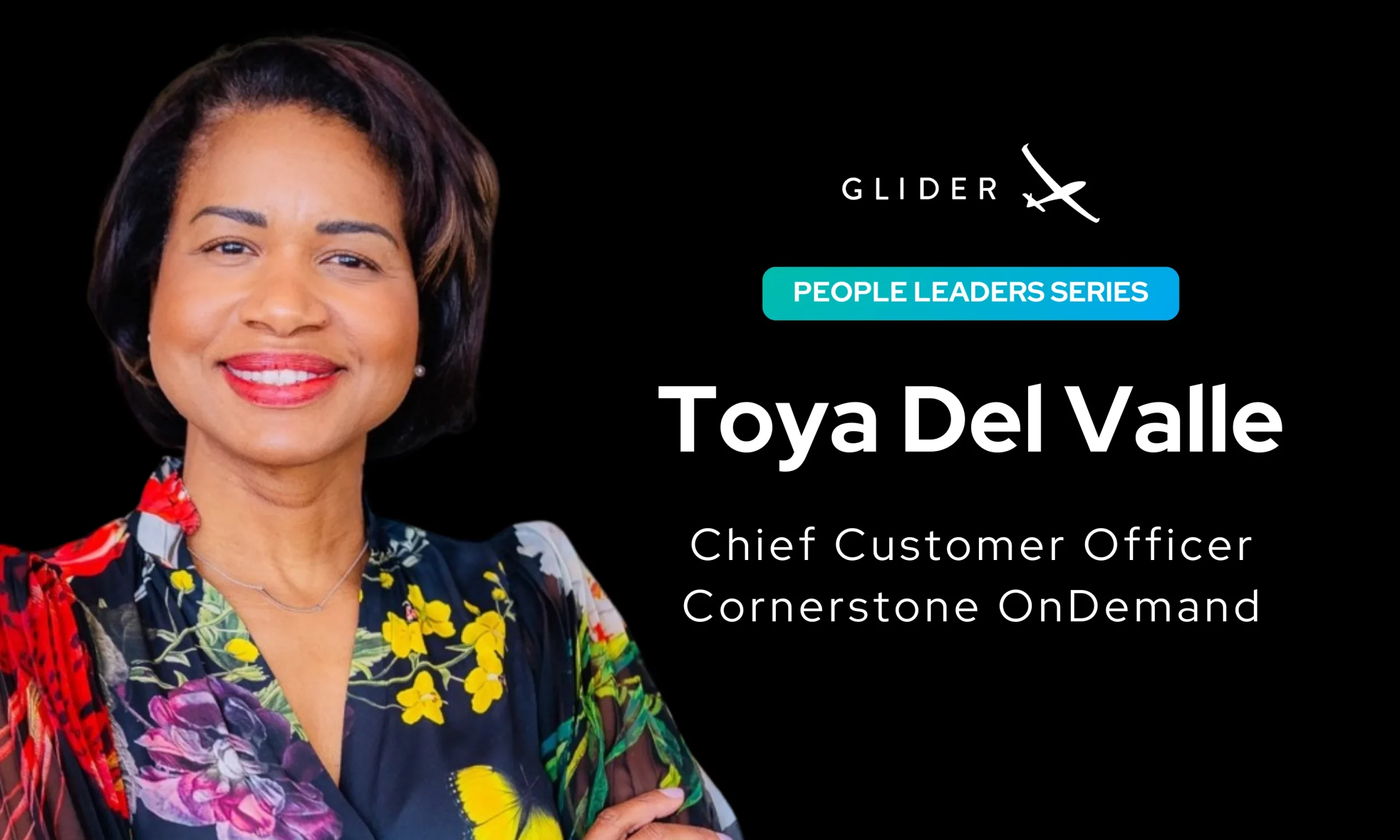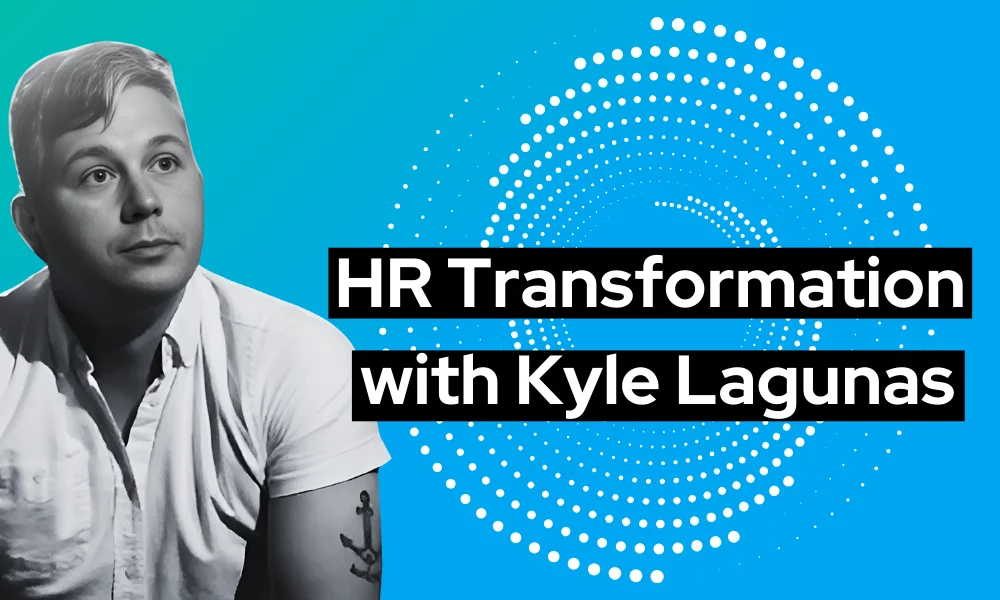
Make talent quality your leading analytic with skills-based hiring solution.

The concept of hiring quality talent has undergone a tremendous journey. From ‘being in the funnel’ to ‘mining from the internet’ and from ‘hire who you know’ to ‘hire from the vendors’, employers have been adopting different models of hiring.
The urgency of the role isn’t sufficiently important to compromise quality in hiring – Eric Schmidt
There are no standard definitions of quality talent. Simply said, a quality talent is a high-performing hire in an organization. To a large degree, it entirely depends on organization’s perspectives about quality and talent. An accumulation of many such perspectives says quality talent is about an optimal mix of high performance and right skills that suit the business goals of the organization. Besides, it also refers to honing and nurturing employee’s skills and talents at every node of opportunity.
According to aptituderesearch, hiring quality talent is all about the post-hire data of an employee, in terms of his/her characteristics. Further, quality of hire largely depends on collaboration between hiring managers and talent acquisition team.
Many of the research studies have reached a similar consensus and spoke in a similar voice. We have curated some of the research insights here.
Why does Quality Talent matter so much? How does Quality of Hire shape a company’s future?
These are the critical questions that need to be answered first. Quality talent or quality of hire are two sides of the same coin. Both terms are peculiarly unique for they are qualitative and quantifiable at the same time. Qualitative because, the terms are subjective and perspective-oriented. They are also quantifiable, because they can be measured with support of few indicators as well.
Call it HR or Talent Acquisition metrics. They serve a similar purpose of measuring quality of human capital in the recruitment process. In fact, both the metrics measure recruitment-related variables like cost per hire, time to fill, turnover percentage, employee retention rate, offer acceptance rate, quality talent etc.
Quality talent or quality of hire is regarded as the ‘Holy Grail of Recruiting’ by SHRM. Though subjective, quality of hire is a quantitative evaluation process which looks at the performance of the new hire/employee against a set of pre-defined criteria. In the words of Shanil Kaderali, executive vice president at Pierpoint International, “Quality of hire is an aggregated index of relevant metrics. The key purpose is to influence senior management to invest in hiring process.”
As obvious, these criteria differ across organizations based on their weightages. Nevertheless, they all try to evaluate and answer the obvious. Let’s look at some of the key indicators of HR metrics used in measuring talent quality.
Based on these indicators, the most commonly accepted formula for measuring quality talent (QoH) is:
QoH = ((Indicator 1 + Indicator 2 + … Indicator N)/N) x 100
Besides, Quality of Hire metrics, Quality of Hire Index is also used by few employers to measure an aggregate performance of quality talent in the past year. The index is a summation of average QoH and new hire retention rate which is then divided by 2.
QoH Index = ((Aggregate QoH + New Hire Retention Rate)/2) x 100
where retention rate = 100 – turnover rate
While the metrics and formula are calculated pretty straightforward, arriving at the indicator value is quite challenging. Thanks to AI-based digital and social media platforms, companies use different recruitment automation tools for hiring top talent. These tools also capture indicator values while interacting and nurturing the skilled talent.
What’s more, these tools also take care of the DEI strategies in the recruitment process. Thus, apart from personalized communications and engagements with the potential candidates or the next hire, recruitment automation tools also promise to remain unbiased and DEI friendly.
Some of the widely used recruitment automation tools are:
Glider is a talent intelligence platform that helps enterprises, MSPs and staffing firms make better hiring decisions. Based on AI, Glider operates on the premise that if a candidate can showcase the skills needed to do the job, then the candidate must be considered for the job, irrespective of background or pedagogy.
In the words of Satish Kumar, Co-founder and CEO, the goal of quality talent or a high-performing team is to improve the company’s bottom line. In this regard, Glider strives to favor competency over credentials. And tech-enabled tools from Glider come to help achieve this.
For example, Glider’s assessment suite can be used across a wide range of industries, from technology to professional support services like sales, legal and knowledge-process firms. Candidates can be assessed on a diverse skill like competencies, tech talent, soft skills, case studies, IQ and emotional attributes and cultural fitment too.
A simple browse through Glider website will give you a sneak peek into how the assessment and test libraries (job and skill-based) are carefully designed to cherry pick quality talent from the recruitment funnel. Some of the Glider’s products that need to be showcased are:
What makes Glider’s tools stand apart from its competitors are its unique features that are not only recruiter and candidate friendly, but also functional accessibility across various roles, compliance with laws and regulations and most importantly the advanced proctoring system.

“The Perfect Candidate Just Hacked Us”: Inside the Global Playbook of Hiring Fraud That 100% test score might be your biggest red flag. Enterprise breaches don’t always start with phishing emails; sometimes, they start with a fake job interview. In this episode of Talented, Joseph Cole sits down with COO Ben Walker to unpack one […]

Can HR Stop Playing Buzzword Bingo with Skills and AI? If you’re an HR or TA practitioner or work in HR Tech in any capacity, AI and Skills-Based Hiring is what everyone is talking about. The problem? All the talk is diluting the importance of two very interrelated topics. Glider AI sponsored the Transformation Realness […]

Q&A with HR/TA Analyst Kyle Lagunas The traditional playbook that was HR is being rewritten. AI is reshaping work, skills-based strategies are transforming hiring, and HR teams are under pressure to deliver more with less. HR isn’t just about managing people anymore—it’s about engineering the future of work. In this Q&A session, Kyle Lagunas and Joseph […]